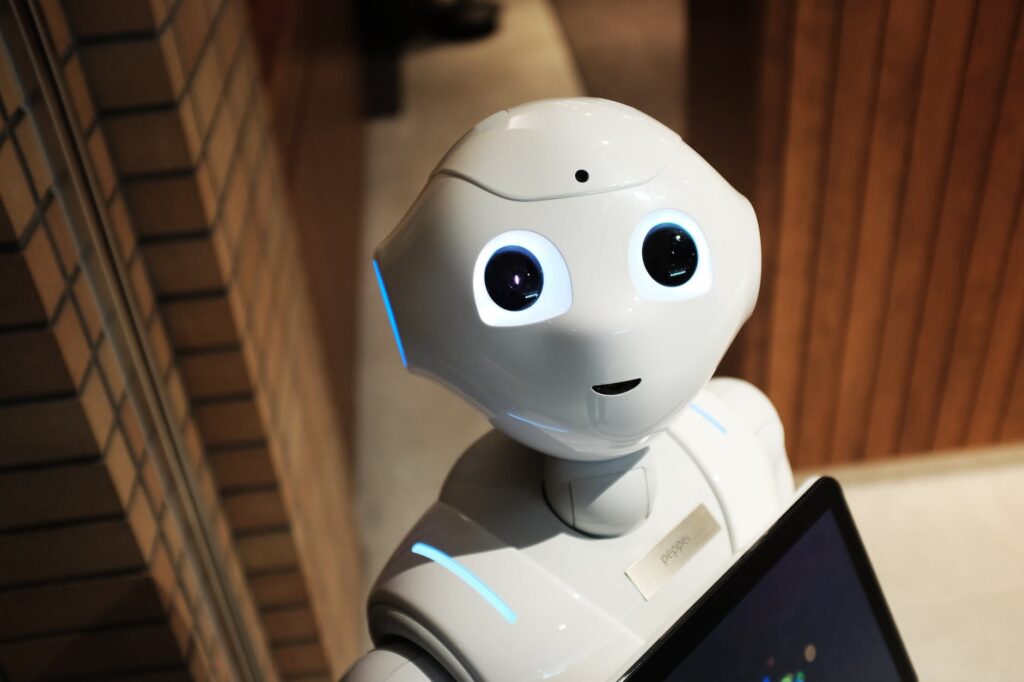
Introduction
Anesthesiologists and healthcare providers have been using technology to improve outcomes and patient safety for many years. However, recently a new technology called artificial intelligence (AI) has been introduced into the field of anesthesiology. Say’s Dr Brian Blick,this new technology is based on machine learning algorithms that are designed to work with large amounts of data to find patterns or correlations between different variables, such as medical history, medications and other clinical information.
How does AI work?
AI is a type of machine learning (ML), which means that it can “learn” from experience.
AI can be used to automate tasks, whether it’s playing chess or diagnosing cancer. It’s important to note that AI is not synonymous with autonomous systems; rather, it’s an umbrella term for all types of computer programs that are capable of performing tasks in an intelligent manner without being explicitly programmed by humans.
What are the current applications and future possibilities of AI in anesthesia?
AI can help to improve patient safety in the OR
AI has been shown to be useful in identifying errors, such as wrong-site surgery, and alerting physicians when they occur. In one study, researchers found that using an AI system led to a 40% reduction in mistakes compared with traditional checklists used by surgeons. The authors concluded that this approach could reduce preventable complications and deaths related to anesthesia-related incidents by more than 80%.
Where can I read more?
If you’re interested in learning more about the future of AI in anesthesia, check out these resources:
- Read “Artificial intelligence and machine learning in anesthesia: Current applications and future possibilities.”
- Read about how machines learn to make decisions (a key part of AI).
If you’re interested in learning more about how AI works, look into these articles:
AI has the potential to change how we manage patients in the OR.
AI has the potential to change how we manage patients in the OR. AI can help us make better decisions, work more efficiently and ultimately improve patient outcomes.
In fact, it’s already happening at some institutions: In 2018 alone, Cleveland Clinic partnered with IBM Watson Health to implement an AI-enabled system for measuring surgeons’ performance; Stanford Children’s Hospital launched an online chatbot called “Stanford Patient Assistant”; and Massachusetts General Hospital introduced a virtual assistant that helps nurses identify patients who need surgery but may not know it yet (and also helps them find out where they’re supposed to go).
Conclusion
AI has the potential to change how we manage patients in the OR. By using machine learning algorithms, we can develop models that will help us predict which patients are at risk for complications before they happen. These models could then be used to alert anesthesiologists of a potential problem before it occurs so that they can intervene early on in their care plan.